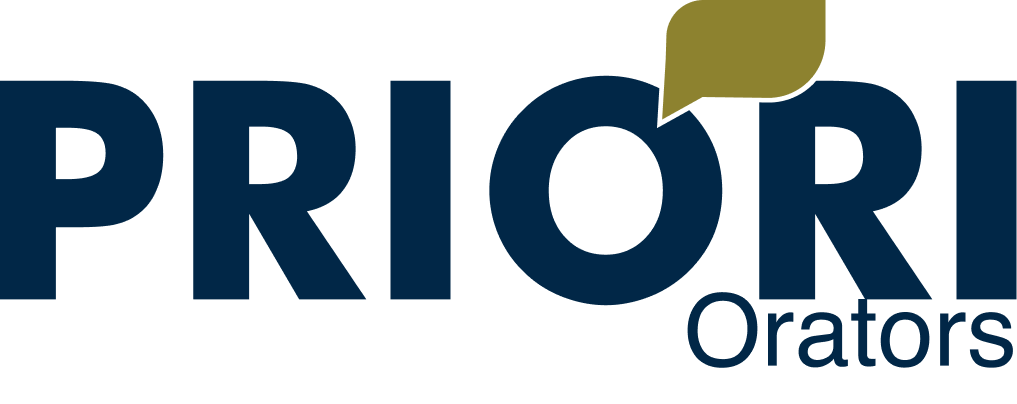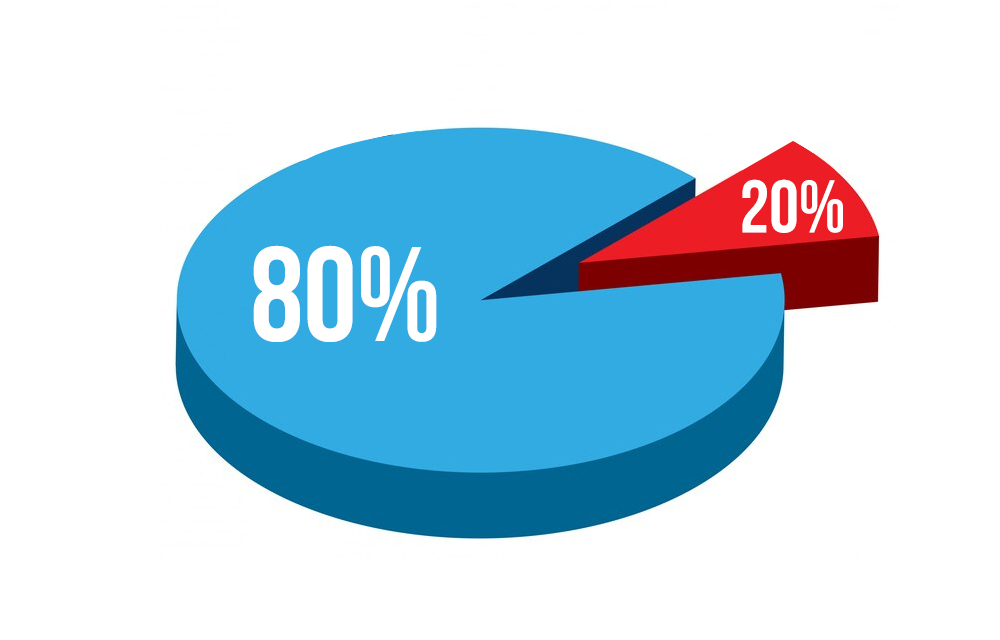In an organisation, how crises are managed can make or break public trust and reputation. This brings us to an essential strategic communication framework known as Situational Crisis Communication Theory (SCCT) – a guide for leaders and communicators on how to respond thoughtfully and effectively when confronted with a crisis.
Defining Situational Crisis Communication Theory
SCCT, Introduced by W. Timothy Coombs, is a theory that helps organisations tailor their crisis response based on the nature of the crisis and the degree of responsibility attributed to the organisation. Fundamentally, SCCT insists that crisis communication should not be a one-size-fits-all approach; instead, it must be situationally aware.
The theory classifies crises into three core clusters:
- Victim Crises: Here, the organisation is a victim alongside its publics, experiencing crises such as natural disasters, rumors or product tampering where it bears little to no responsibility.
- Accidental Crises: These occur due to unintentional actions or errors – for instance, technical failures or product defects where organisational responsibility is low.
- Preventable Crises: These involve high levels of organisational responsibility resulting from intentional misconduct or negligence, such as employee wrongdoing or deliberate rule violations.
Understanding these distinctions is crucial because how stakeholders assign blame, whether they see the crisis as the organisation’s fault or something beyond its control – shapes the organisation’s reputational threat and informs the appropriate communication response.
Attribution and Reputation: Core Components
At the heart of SCCT lies attribution theory, which explains how people assign responsibility during crises. Key factors influencing attribution include:
- Intentionality: Was the crisis deliberate or accidental?
- Controllability: Could the organization have prevented it?
- Locus of control: Is the cause internal or external to the organisation?
Stakeholder perceptions shaped by these factors impact how damaging a crisis can be to an organisation’s reputation.
Moreover, SCCT incorporates a consideration of the organisation’s prior reputation and crisis history. A strong, positive standing can act as a buffer during crises, while a history of repeated problems tends to increase public skepticism and reputational damage.
Tailoring Crisis Response Strategies
SCCT serves as a decision-making tool to guide the selection of crisis response strategies that should align with the crisis type and the extent of attributed responsibility.
The main strategic approaches include:
- Deny: Rejecting any responsibility, often used when the organisation is falsely accused (e.g., attacking the accuser or scapegoating).
- Diminish: Minimising organisational responsibility or the perceived severity, such as offering excuses or justifications.
- Rebuild: Acknowledging responsibility, apologising, and compensating victims to restore trust.
- Bolster: Reinforcing stakeholder relationships by reminding them of past good deeds and expressing gratitude.
The choice of strategy depends heavily on the crisis type. For example, a deny strategy might be appropriate in a victim crisis, while a rebuild strategy suits preventable crises where the organisation’s culpability is high.
Why SCCT Matters for Communication Professionals
For communicators and leaders, SCCT offers a scientifically grounded blueprint for crisis messaging. By evaluating the crisis situation, assessing responsibility, and understanding stakeholder perceptions, organisations can avoid knee-jerk reactions that may worsen the crisis.
Implementing SCCT principles means recognising that effective crisis communication is about resonating authentically with stakeholders, speaking truthfully while strategically protecting reputation and relationships.
Situational Crisis Communication Theory is more than a theoretical concept – it’s a pragmatic tool to guide organisations in their most challenging moments.
When crisis strikes, do you know what to say?
Understanding SCCT makes all the difference.
Corresponding Instagram Post
What do you know about SCCT?
SCCT stands for Situational Crisis Communication Theory – a strategic framework developed by communication expert W. Timothy Coombs that helps organisations respond effectively to crises.
At its core, SCCT says that not all crises are equal. It categorises crises into three main types, based on the organisation’s level of responsibility:
- 1) Victim Cluster: The organisation is also a victim (natural disasters, rumors).
- 2) Accidental Cluster: Unintended actions or accidents (low responsibility).
- 3) Preventable Cluster: Negligence or misconduct (high responsibility).
The theory guides leaders to tailor responses, such as:
- Denying false claims.
- Minimising perceived responsibility.
- Rebuilding through apology or compensation.
- Bolstering by highlighting past credibility.
It also accounts for an organisation’s history and reputation, because the past always shapes the response.
In essence, SCCT is a roadmap for leaders and communicators to navigate crises wisely, ensuring responses fit the situation, protect reputations, and maintain stakeholder trust.
When crisis strikes, do you know what to say? Understanding SCCT makes all the difference.







